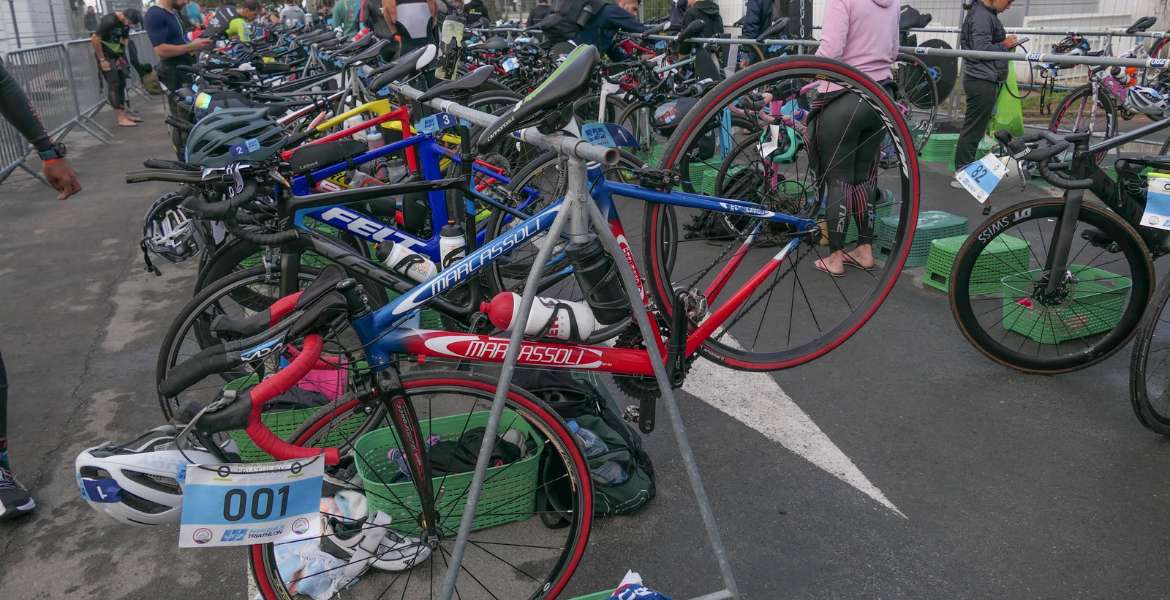Mastering the Art of Triathlon Transitions: Tips for Faster T1 and T2
Triathlon requires physical strength, endurance, strategic planning, and flawless execution. Mastering the art of triathlon transitions is crucial for achieving your best race performance. In this article, we’ll explore the importance of mastering triathlon transitions and share tips to help you shave valuable seconds off your T1 and T2 times.
Understanding the Triathlon Transition Process
The first step towards faster triathlon transitions is understanding the transition process. It is important to know where your bike is racked, familiarize yourself with the layout of the transition area, and practice visualizing the transition process to build confidence and efficiency on race day.
Organizing Your Gear
Organizing your gear is critical for reducing transition times. Keep your transition area clean and use a brightly colored towel or mat to make your spot easily identifiable. Lay out your equipment in the order you’ll need it, such as your helmet and sunglasses on the handlebars, open cycling shoes, and running shoes with elastic laces.
Incorporating Transition Drills into Your Training Sessions
Incorporate transition drills into your training sessions to build muscle memory and speed. Set up a mock transition area and practice switching between swim-to-bike and bike-to-run while timing yourself. Focus on improving your efficiency and reducing your transition times.
Equip Your Shoes with Elastic Laces or Quick-Release Straps
Equip your shoes with elastic laces or quick-release straps to save time during transitions. These modifications allow you to quickly slip on your cycling and running shoes without wasting time tying knots, shaving valuable seconds, or even minutes off your total race time.
Practice Advanced Techniques
Practice advanced techniques such as the flying mount and dismount, which can save valuable time during T1 and T2. These skills require practice, but they can significantly improve your transition times once mastered.
Prioritize Transition-Specific Workouts
Prioritize transition-specific workouts, such as brick workouts, to simulate race conditions and practice transitioning between disciplines. A brick workout involves back-to-back sessions of two different disciplines, such as cycling followed by running, to help your body adapt to the demands of transitioning between sports.
Maintain a Calm and Focused Mindset
Maintain a calm and focused mindset, which is one of the most critical aspects of mastering triathlon transitions. Focus on executing your transition plan, take deep breaths, and stay in the moment to ensure a smooth and efficient transition.
Conclusion
In conclusion, mastering the art of triathlon transitions is crucial for achieving your best race performance. Implement these 7 tips, including gear organization, drills, and techniques, and watch your overall race times drop as you become a more efficient and confident triathlete.

